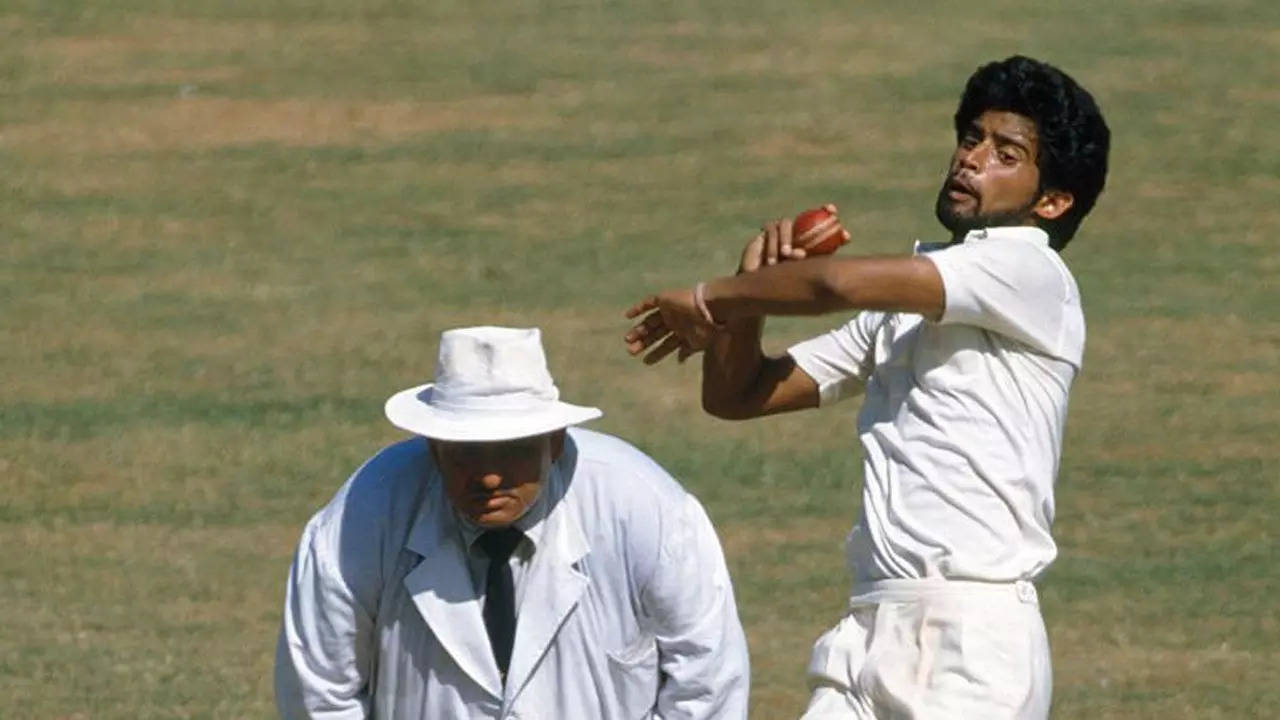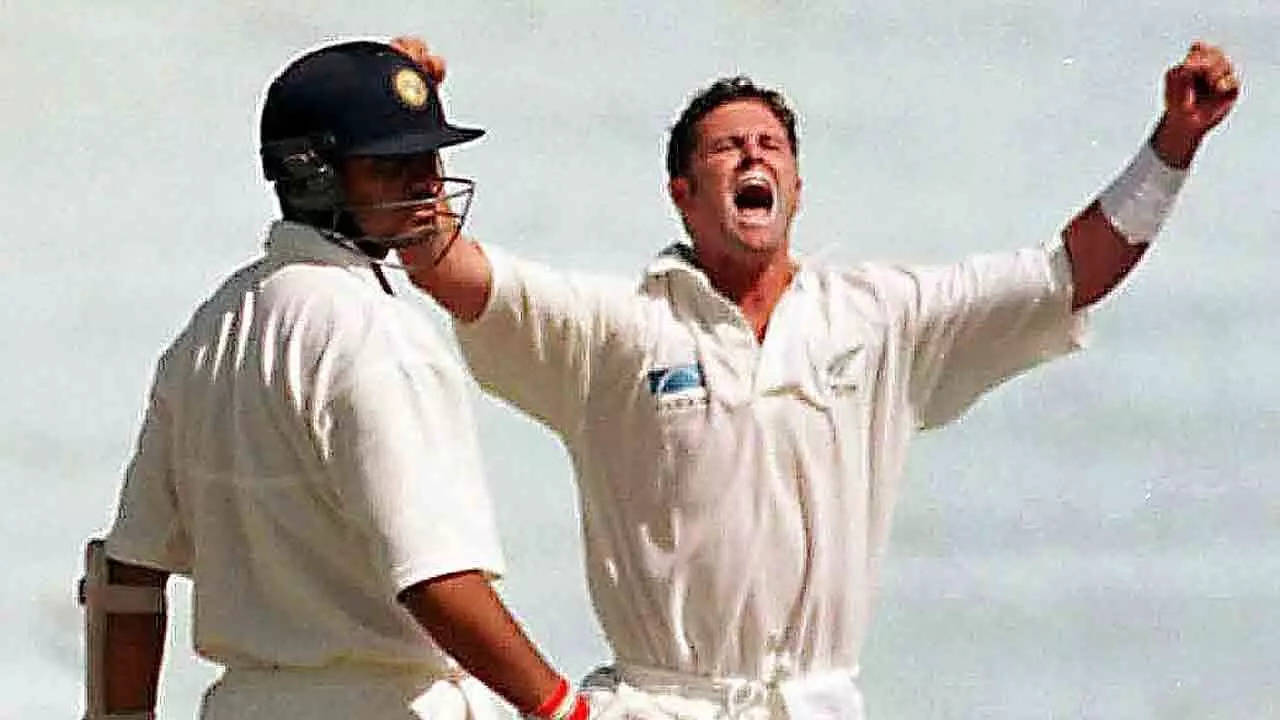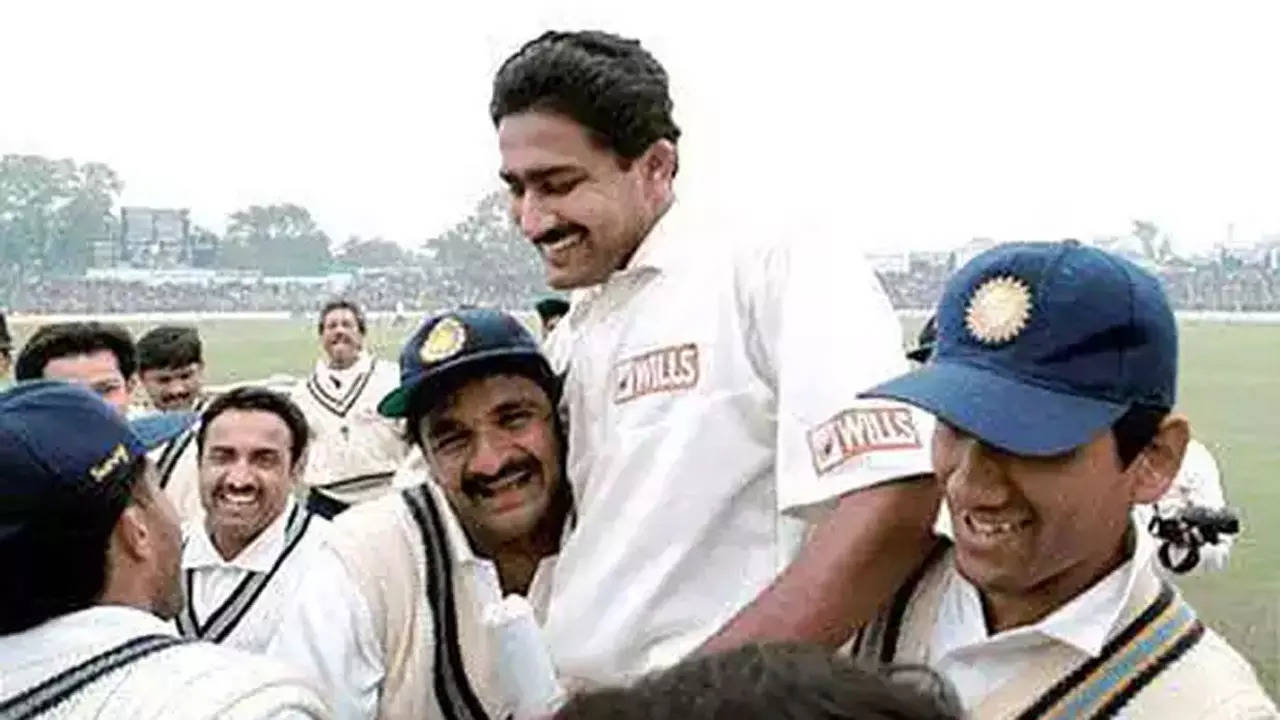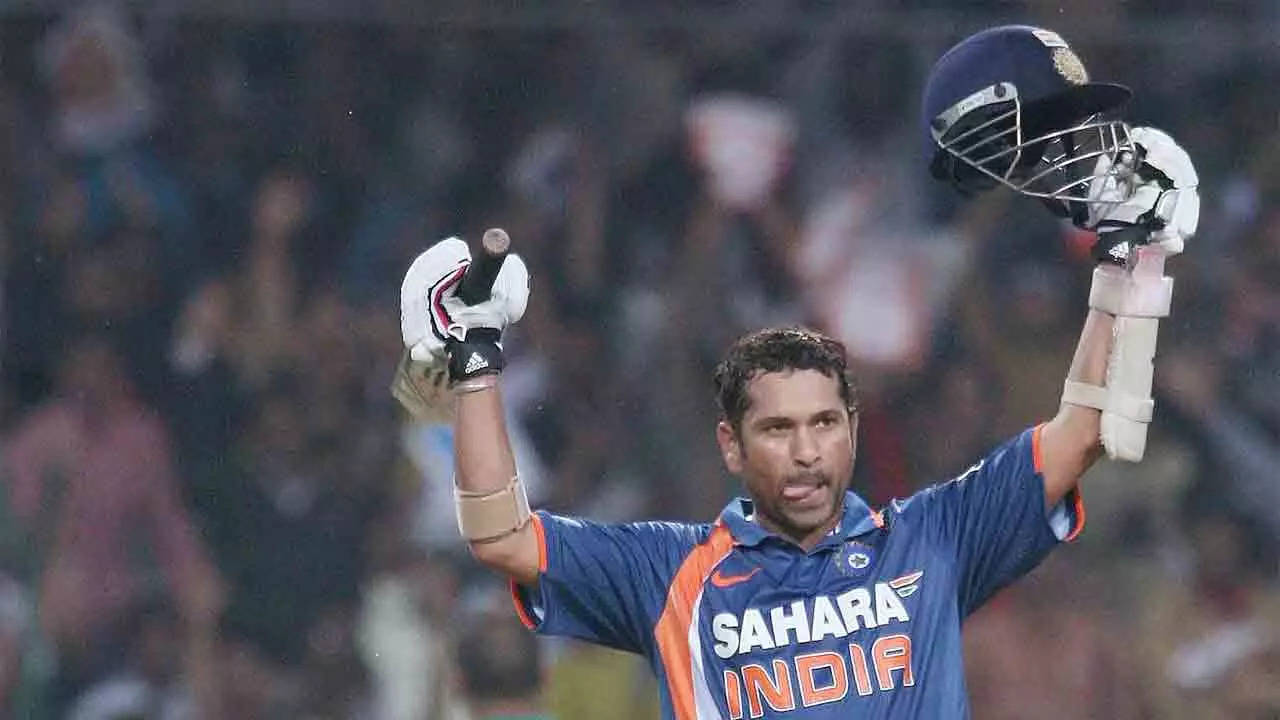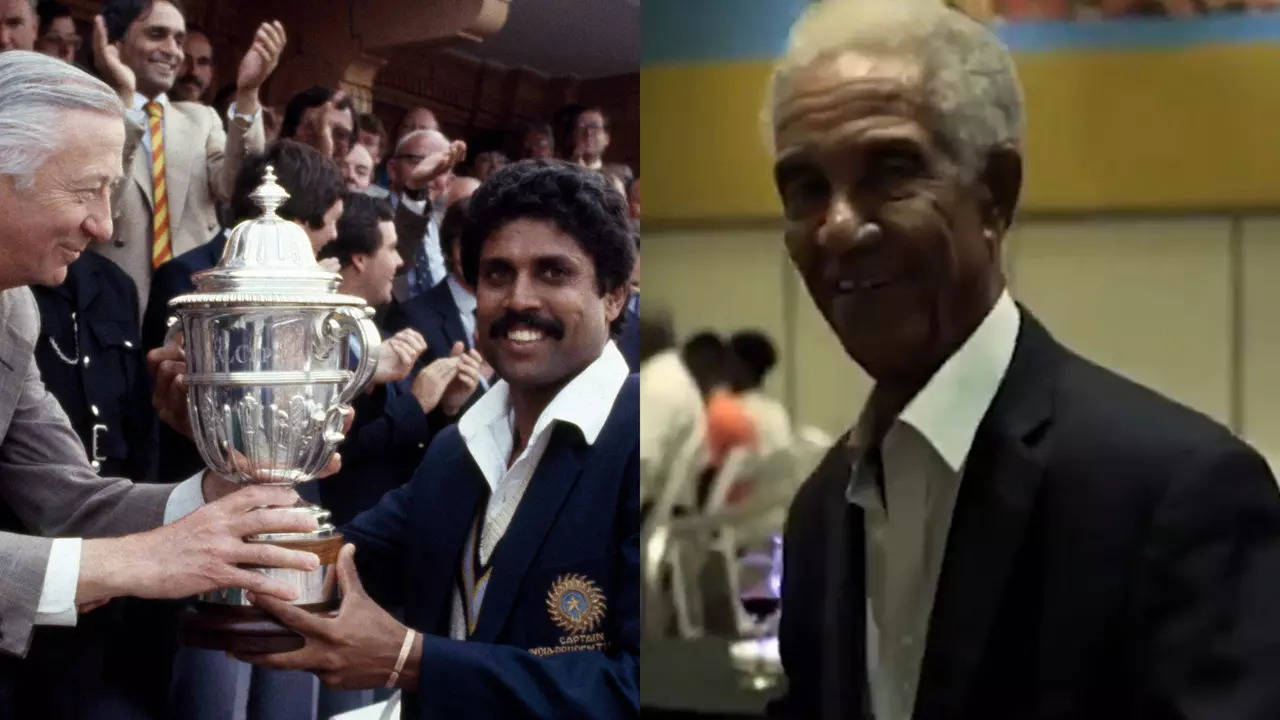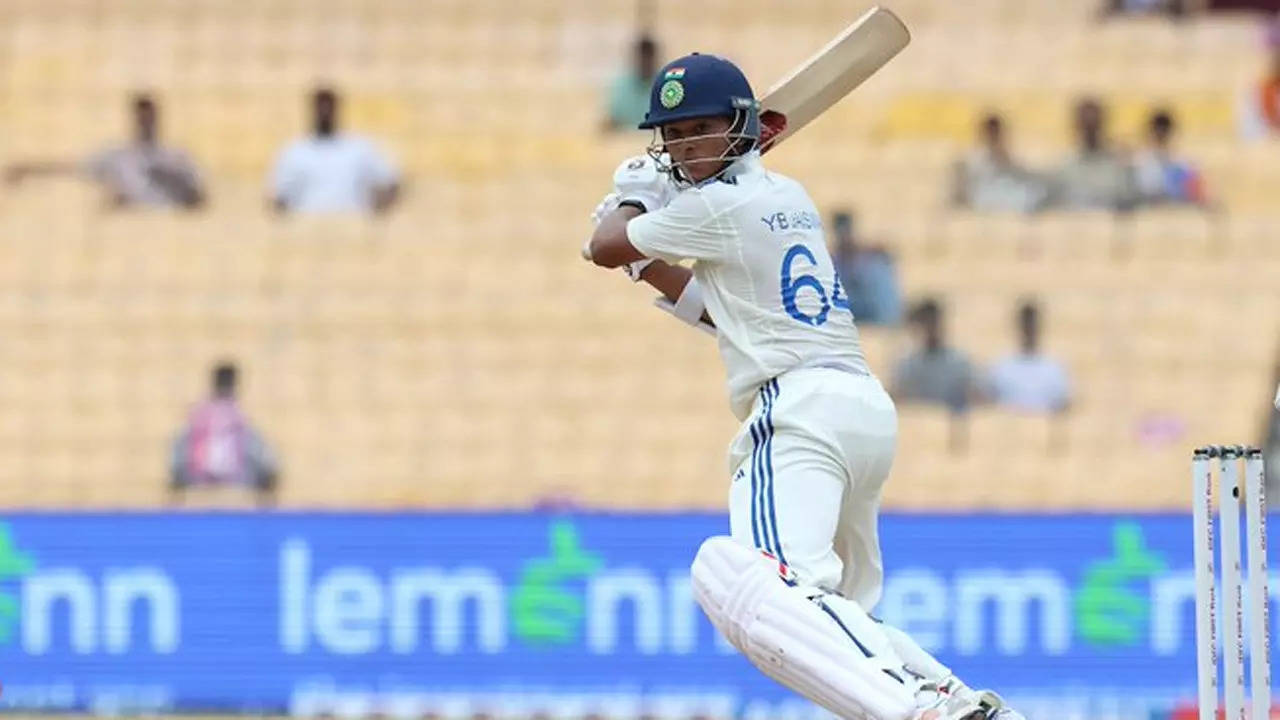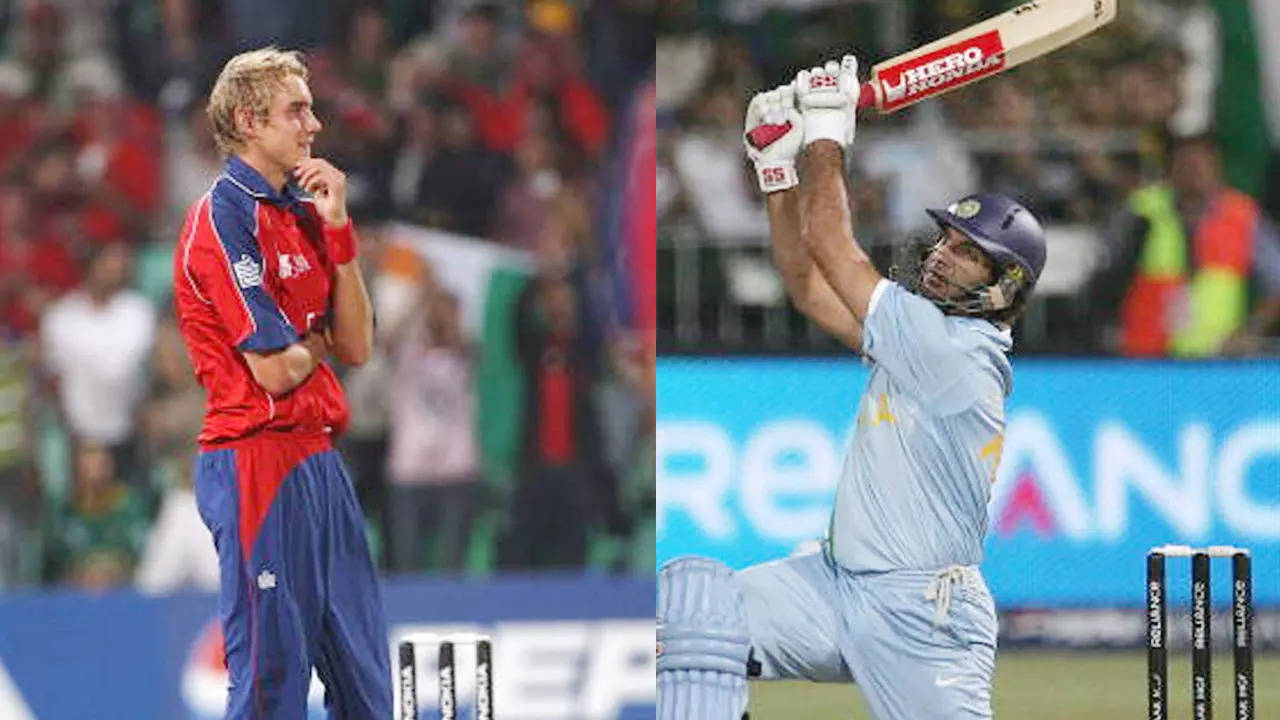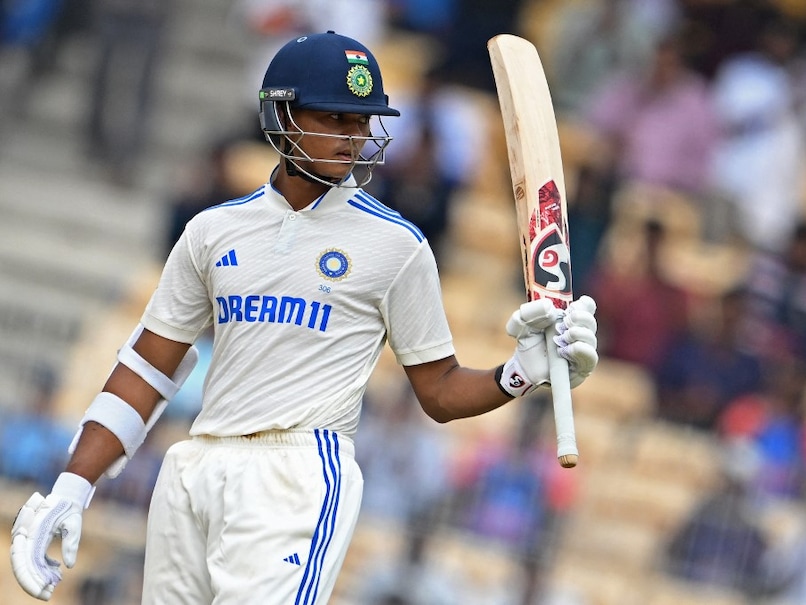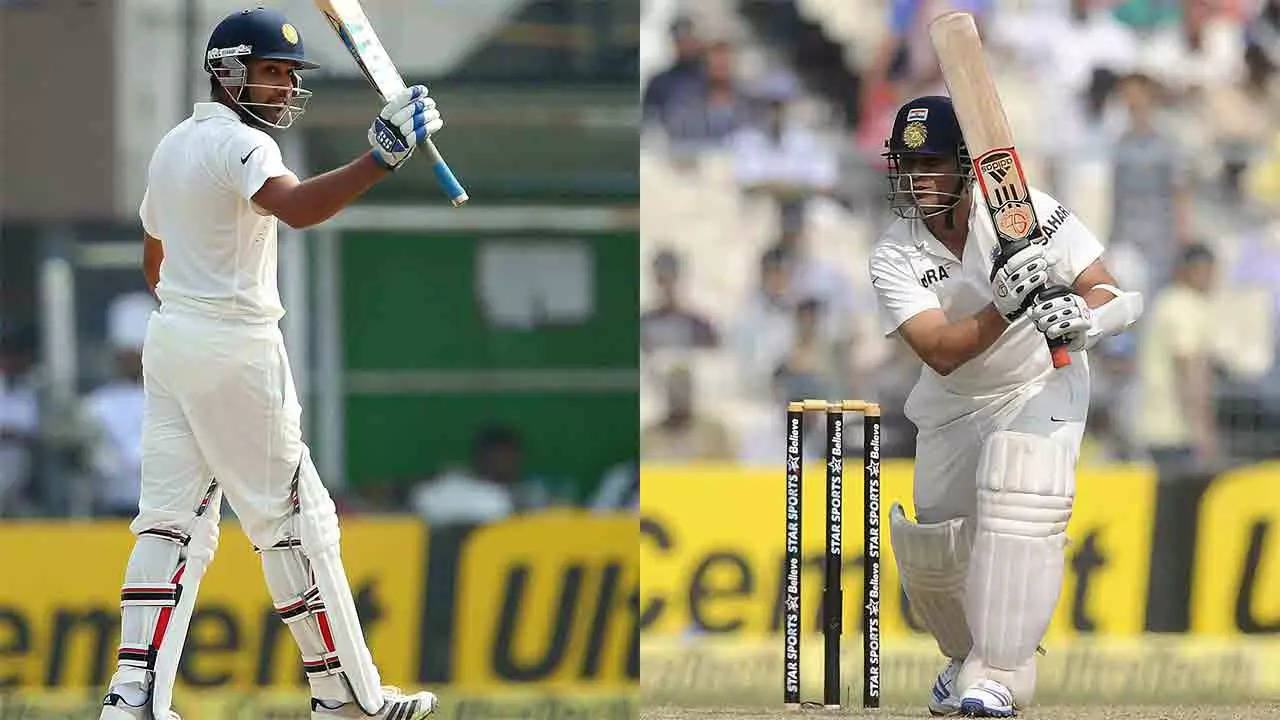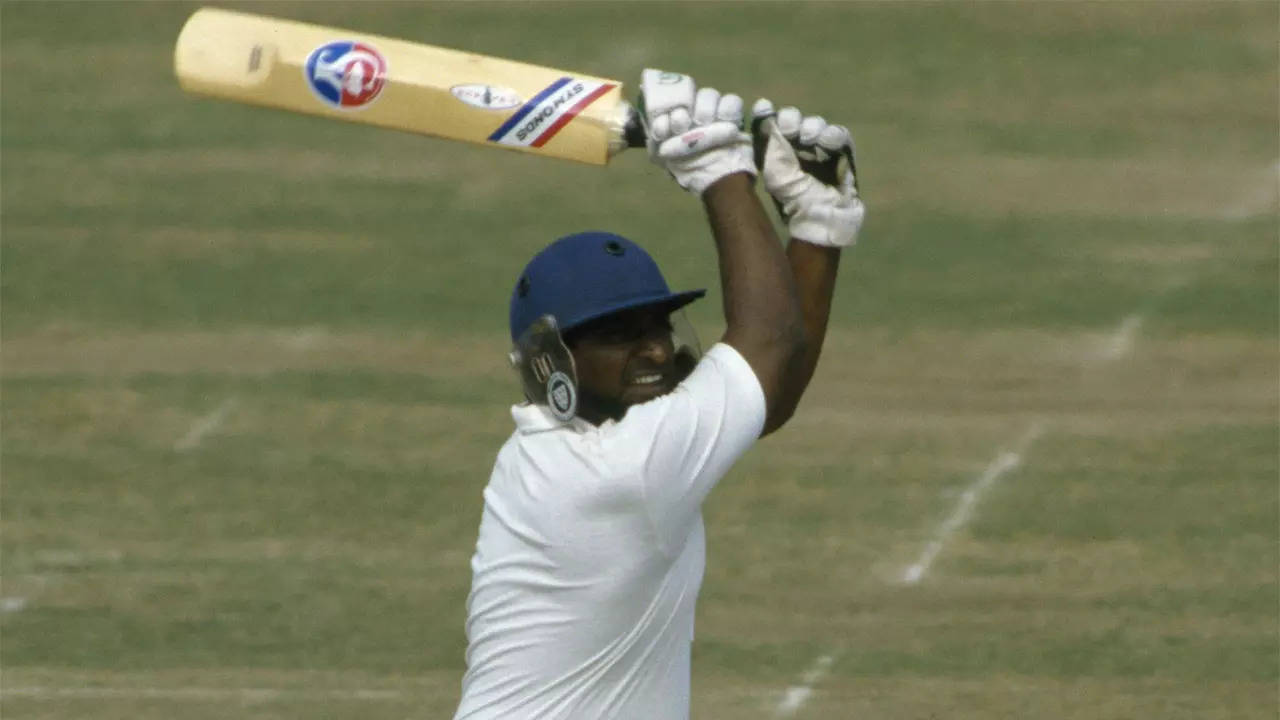Chetan Sharma’s Historic Hat-Trick: A Milestone in Indian Cricket
Chetan Sharma’s Historic Hat-Trick: A Defining Moment in Indian Cricket
On October 31, 1987, Indian cricket history was etched in gold when Chetan Sharma became the first Indian bowler to claim a hat-trick in a World Cup match. This remarkable feat occurred during a group stage encounter against New Zealand in Nagpur, propelling India to a comfortable nine-wicket victory.
Sharma’s hat-trick unfolded in the 42nd over of New Zealand’s innings. With sharp and accurate deliveries, he clean bowled Ken Rutherford, Ian Smith, and Ewen Chatfield in succession, leaving the Kiwi batsmen in disbelief. His bowling performance played a crucial role in restricting New Zealand to a modest total of 221/9.
India’s batting lineup, led by Sunil Gavaskar’s unbeaten century (103 off 88 balls) and Kris Srikkanth’s 75 off 58, made light work of the chase, reaching the target in just 32.1 overs. However, it was Sharma’s hat-trick that stole the show, becoming the defining moment of the match.
Sharma’s hat-trick not only marked a historic milestone for Indian cricket but also set a high standard for future generations. Since then, three other Indian bowlers have achieved hat-tricks in ODIs: Kapil Dev, Mohammed Shami, and Kuldeep Yadav (twice).
Mohammed Shami remains the only Indian bowler after Sharma to take a hat-trick in an ODI World Cup. During the 2019 World Cup, Shami dismissed Mohammad Nabi, Aftab Alam, and Mujeeb Ur Rahman in three consecutive deliveries against Afghanistan, echoing Sharma’s historic achievement.
Chetan Sharma’s hat-trick in the 1987 World Cup remains an iconic moment in Indian cricket history, showcasing the skill, determination, and legacy of one of the country’s greatest bowlers.

